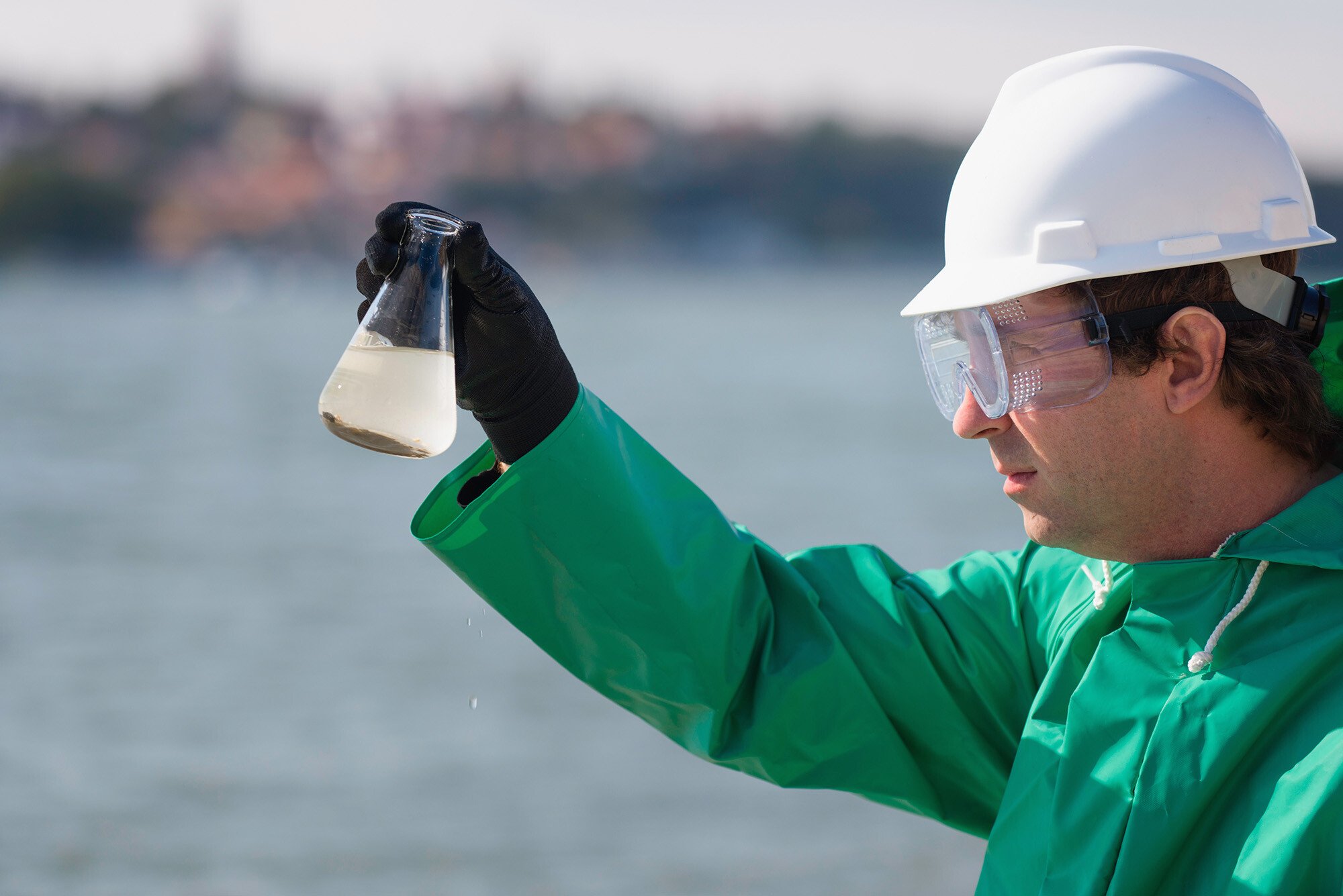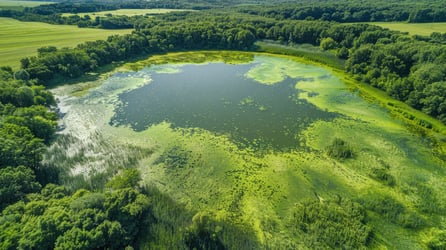Detecting nuisance algae, specifically harmful algal blooms (HABs), in drinking water systems is a growing concern. These blooms can lead to water quality degradation, causing taste & odor issues, and even producing harmful toxins. Early detection and prompt identification of these algae are critical for cost-effective water treatment. This article provides a comprehensive guide on how to detect nuisance algae in drinking water systems using advanced technologies and best practices.
Understanding Algal Blooms and Their Impact
Algal blooms refer to the rapid growth of algae or cyanobacteria and are often fueled by excess nutrients such as nitrogen and phosphorus. They can become problematic when they release toxins or taste and odor (T&O) compounds into the water system. T&O compounds like geosmin and 2-methylisoborneol (MIB) while not generally considered toxic, are undesirable to consumers due to their earthy and musty smells and are known as nuisance algae because of their impact on increasing water treatment costs.
Harmful cyanobacteria, commonly known as blue-green algae, are a significant threat to drinking water systems. They not only produce toxins, such as microcystins and saxitoxins, but can also clog filters, produce T&O compounds, and cause other operational challenges in water treatment facilities. Detecting these blooms early is crucial to minimizing the economic, environmental, and public health impacts of their proliferation.
Key Indicators for Early Detection of Nuisance Algae
To effectively manage and mitigate algal blooms, water utilities need a proactive approach to detection. Early identification of potential bloom conditions allows water managers to intervene before the bloom becomes a significant problem.
In Situ Monitoring
Deploying water quality sensors (sondes) in source waters is an efficient way to monitor the early stages of algal blooms. Parameters such as water temperature, dissolved oxygen (DO), pH, and photosynthetic pigments like Chlorophyll a and Phycocyanin provide vital information about the status of the water body.
- Dissolved Oxygen: During algal growth, photosynthesis increases, leading to high DO levels in the water. As the bloom dies, DO levels drop, indicating the decomposition of algal biomass and the onset of hypoxic conditions.
- Phycocyanin and Chlorophyll a: These pigments help distinguish cyanobacteria from other algae. Phycocyanin, in particular, is a cyanobacterial pigment, and its concentration can indicate the potential onset of a harmful algal bloom.
Techniques for Nuisance Algae Detection
FlowCam Technology
Flow imaging microscopy has revolutionized the detection of nuisance algae in drinking water systems. The technology allows for real-time monitoring and analysis of algal cells, providing crucial data about cell size, shape, and concentration. FlowCam combines microscopy and flow cytometry, enabling rapid identification of nuisance algae which is essential for early warning and timely intervention during bloom events.
Gas Chromatography-Mass Spectrometry (GC-MS)
While algae themselves can cause operational issues, the T&O compounds they produce are another concern. Gas chromatography-mass spectrometry (GC-MS) is used to detect and quantify volatile organic compounds like geosmin and MIB. This technology provides accurate readings of these compounds, which helps utilities determine the most appropriate treatment strategy.
qPCR (Quantitative Polymerase Chain Reaction)
This molecular method is used to detect specific genes associated with toxin production in cyanobacteria. For example, the presence of genes responsible for microcystin production (mcyE) saxitoxin production (sxtA), or other toxins can be identified using qPCR. The precision of this method makes it invaluable for assessing the potential health risks posed by algal blooms.
Enzyme-Linked Immunosorbent Assay (ELISA)
When toxin-producing genes are confirmed in a sample, it may then be necessary to use commercially available ELISA kits to determine if toxins like microcystins and their congeners are present in the waterbody and at what concentration. These kits provide rapid results but can have limited selectivity and are not congener-specific.
Liquid Chromatography Triple Quadrupole Mass Spectrometry(LC/MS/MS)
LC/MS/MS is used when it is necessary to accurately identify specific toxins and their congeners. This method is often used for final confirmation of toxin presence in a sample.
Best Practices for Detecting and Managing Algal Blooms
Detecting nuisance algae is just the first step in managing blooms. A proactive and multifaceted approach is necessary to mitigate their impact on drinking water systems.
Routine Monitoring
Frequent water sampling should be part of a continuous monitoring program, especially during warmer months when conditions are more favorable for algae growth. Increasing sampling frequency during the summer can help utilities catch bloom events early.
Seasonal Variability
Monitoring programs should account for seasonal variations in algal growth. Warm water temperatures encourage algal growth, so higher-frequency testing in summer is recommended. Conversely, in colder months, testing frequency can be reduced but should not be completely neglected.
Data-Driven Decision Making
The integration of data from various sources—like sondes, FlowCam, GC-MS, and qPCR—allows for a more accurate and holistic view of water quality. By leveraging data, utilities can predict when and where algal blooms are likely to occur, enabling them to take preemptive measures.
Closing Thoughts
Our team understands the importance of proactive detection and monitoring when it comes to nuisance algae in drinking water systems. Utilizing advanced tools like FlowCam, which offers real-time, high-resolution imagery and data on algae and cyanobacteria populations, helps water utilities stay ahead of harmful algal blooms before they become costly problems. Early detection allows for timely, targeted intervention, reducing the need for expensive treatments and ensuring water quality remains high. To learn more about how FlowCam can support your aquatic monitoring efforts, visit our Aquatic Applications page.
References and Further Reading
Characterizing and Mitigating Cyanobacterial Blooms in Drinking Water Reservoirs. Adams, et al. AWWA. May, 2022.











